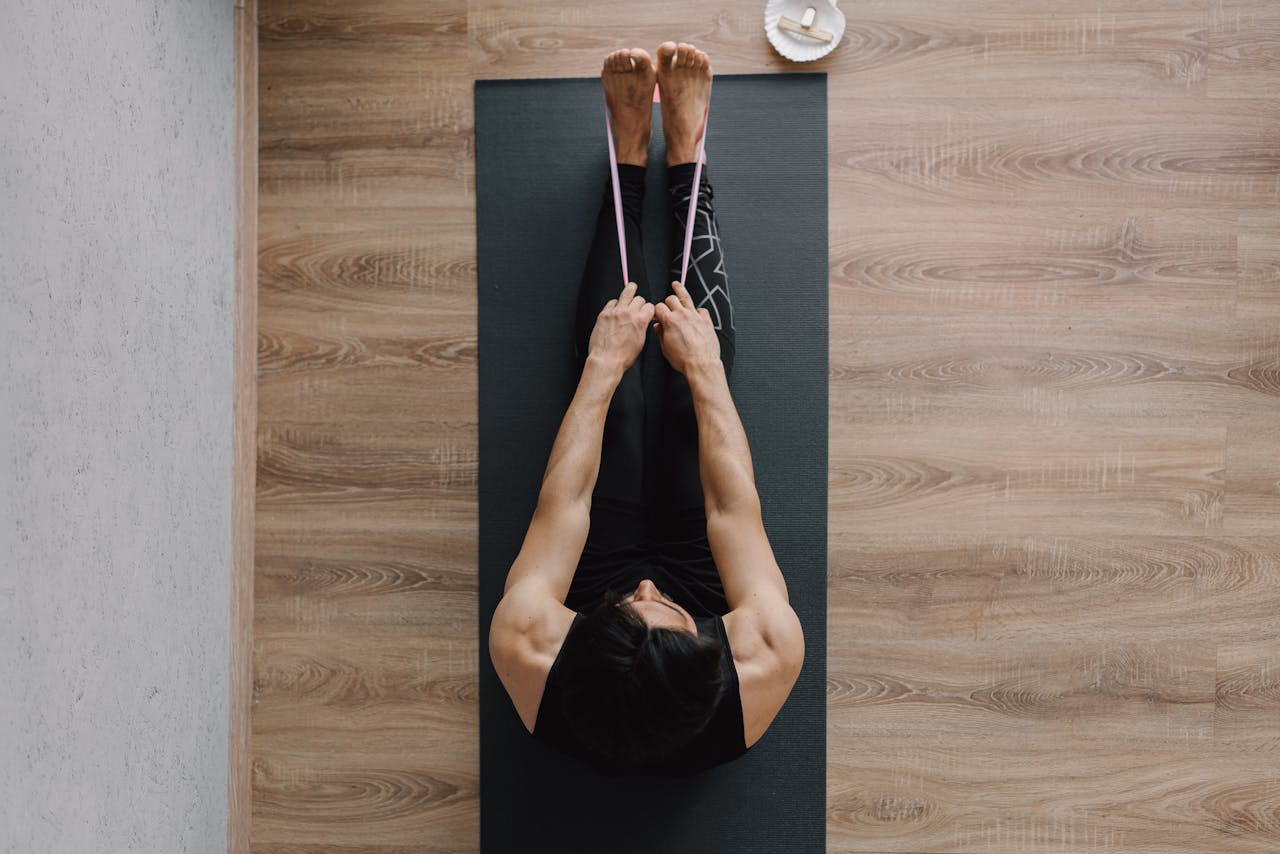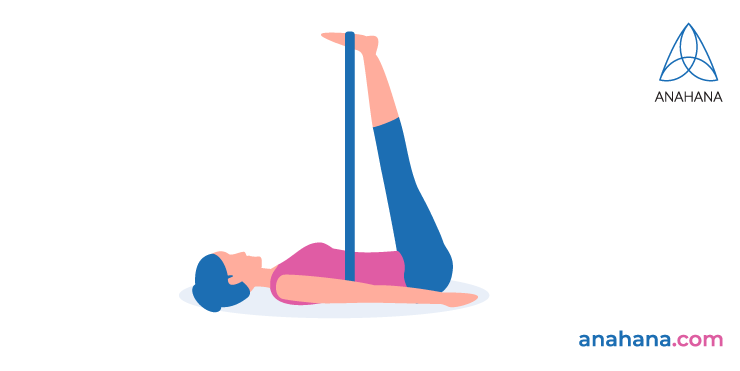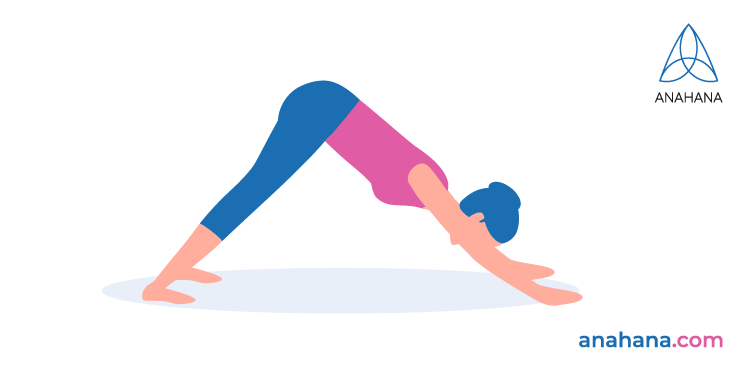
Table of Contents
Iyengar yoga is named after its founder B. K. S. Iyengar is suitable for beginners and yogis looking for a more profound practice. Iyengar teachers require some of the most extended training of any form of yoga and a strong understanding of anatomy to assist students.
One of the goals of an Iyengar teacher is to make yoga accessible regardless of the physical body's condition. Postures are taught with an emphasis on balance and alignment in the body.
What is Iyengar yoga?
 Iyengar yoga is a form of Hatha yoga that B.K.S developed in the 1940s. It is characterized by props such as blankets, blocks, and straps to assist in performing the poses.
Iyengar yoga is a form of Hatha yoga that B.K.S developed in the 1940s. It is characterized by props such as blankets, blocks, and straps to assist in performing the poses.
This type of yoga emphasizes alignment and precision and is suitable for beginners and more advanced practitioners.
The history of Iyengar yoga
B. K. S. Iyengar was born in 1918 in India. He began practicing yoga at a young age under his teacher Tirumalai Krishnamacharya, one of the fathers of modern yoga. Krishnamacharya emphasized the importance of breath control, meditation, and performing the poses correctly to achieve optimal results.
Iyengar yoga is based on the eight limbs of yoga, as outlined in the Yoga Sutras of Patanjali.
Iyengar continued to practice and study yoga throughout his life, eventually developing his style that came to be known as Iyengar Yoga. In 1966, he published Light on Yoga, a comprehensive guide to today's practice still used by students and teachers.
He also opened the Ramamani Iyengar Yoga Institute in Pune, India, one of the most prestigious yoga schools globally, to make yoga accessible to the masses. Many of the certified Iyengar yoga teachers worldwide have practiced at this school. They have to undergo rigorous training to ensure that the Iyengar tradition is followed and spend 1000s of hours of training to be considered a yoga master. There are now many Iyengar Yoga Institutes around the world.
Iyengar yoga institute
The Iyengar Yoga Institute in Pune, India, is world-renowned for its excellence in teaching yoga. The institute offers a variety of courses and programs for both beginners and advanced students and teachers.
In addition to its flagship location in Pune, India, the Iyengar Yoga Institute has several other places worldwide. These include dedicated yoga centers in Singapore and New York City and smaller satellite facilities in Canada and Australia. Each of these locations is dedicated to providing high-quality instruction in Iyengar yoga and offers a variety of courses and programs for students of all levels.
The principles of Iyengar yoga
 Four main principles form the foundation of Iyengar yoga:
Four main principles form the foundation of Iyengar yoga:
- Proper alignment
- Correct action
- Sequencing
- Timing
Proper alignment is essential in Iyengar yoga to prevent injury and ensure that you get the most out of each pose. The teacher will often provide hands-on adjustments to help students achieve the correct alignment.
Correct action refers to performing the poses correctly, with attention to breath and movement. Sequencing refers to the order in which the poses are performed, and timing refers to how long each pose is held.
The Iyengar yoga philosophy also emphasizes the importance of breath control and awareness to calm the mind and achieve a state of inner peace.
Iyengar yoga asanas and pranayama
Asanas are the physical postures that we practice in yoga, and Pranayama is the control of breath. In Iyengar Yoga, the two unite to achieve a particular goal precisely.
Iyengar yoga focuses on uniting the body, mind, and spirit. The goal is to have a balance between the asana and pranayama. In this way, you can focus on the present moment and be more aware of your surroundings.
Asanas cleanse the body and bring about flexibility. Pranayama exercises purify the energies of the body. The combination of asanas and pranayamas helps change an individual’s state of being, allowing them to relieve stress, improve concentration, and awaken spiritual awareness.
Certified Iyengar yoga teachers
Becoming a certified Iyengar yoga teacher (CIYTs) requires extending training and must adhere to a strict code of ethics. They must complete an advanced study program and pass written and practical examinations.
CIYTs must also maintain their certification through continuing education and teaching.
Iyengar yoga class
An Iyengar class typically begins with some warm-up exercises followed by standing postures, seated poses, and relaxation techniques. The use of props such as blocks, straps, and blankets is typical in an Iyengar yoga class, as they can help students achieve a good posture for each pose.
Because of its focus on proper alignment, the Iyengar method is a recommended style for beginners or those with injuries.
Even advanced yogis can benefit from the precision of this method taught in classes. It may not offer the same cardiovascular experience as, for example, Ashtanga yoga or vinyasa flow, but it is still an excellent yoga style suited for all levels of experience.
Iyengar yoga benefits
Regular Iyengar practice has many benefits, including:
- Improved flexibility
- Builds strength
- Improved posture
- Reduced stress levels
- Increased energy levels
Iyengar yoga is an excellent option if you're looking for a yoga practice that will challenge you physically and mentally. This style contains yoga postures and pranayama breath work for all fitness, age, and experience levels.
Risks
While Iyengar yoga can be beneficial for overall health and wellness, there are some risks to consider before beginning this type of yoga practice. One risk is that incorrect alignment in a pose can lead to injury.
To reduce the risk of injury, it is important to attend classes with a qualified Iyengar yoga instructor who can provide guidance and correction. In addition, students with certain health conditions, such as high blood pressure or glaucoma, should avoid certain poses or use props to modify them.
As with any type of physical activity, it is always important to listen to your body and take breaks when needed. By taking these precautions, you can enjoy all the benefits of Iyengar yoga while minimizing the risks.
References
Ramamani Iyengar Memorial Yoga Institute
https://artsandculture.google.com/story/bQXBKGRRbVhaJg
Evaluation of the Effectiveness and Efficacy of Iyengar Yoga Therapy on Chronic Low Back Pain
https://dro.deakin.edu.au/eserv/DU:30091455/evans-iyengaryogafor-2009.pdf
Disclaimer
The contents of this article are provided for informational purposes only and are not intended to substitute for professional medical advice, diagnosis, or treatment. It is always recommended to consult with a qualified healthcare provider before making any health-related changes or if you have any questions or concerns about your health. Anahana is not liable for any errors, omissions, or consequences that may occur from using the information provided.

By: Anahana
The Anahana team of researchers, writers, topic experts, and computer scientists come together worldwide to create educational and practical wellbeing articles, courses, and technology. Experienced professionals in mental and physical health, meditation, yoga, pilates, and many other fields collaborate to make complex topics easy to understand. Anahana is also home to specialists in crystals, tarot, angel numbers, astrology, life path numbers, zodiac signs, and horoscopes. By combining evidence-based wellness with spiritual and energetic practices, the team offers clear, trustworthy guidance for both mind-body health and modern spirituality.